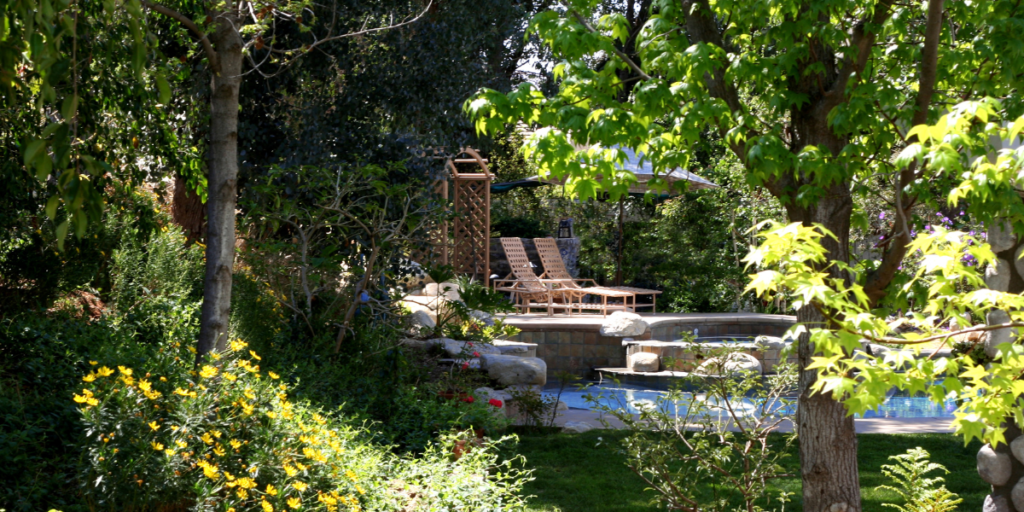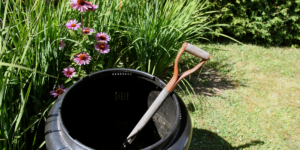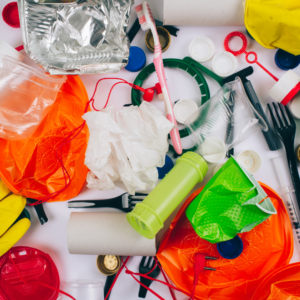8 Ways to Create and Maintain an Eco-Friendly Garden
Gardening can be both a rewarding hobby and a way to contribute positively to the environment. By focusing on sustainable practices, you can create a thriving green space that benefits both local wildlife and the planet. Here are 8 practical ways to create and maintain an eco-friendly garden.
Key Takeaways
- Use native plants to reduce water usage and attract pollinators.
- Compost kitchen and garden waste to enrich soil and minimize household waste.
- Collect rainwater for irrigation to conserve water and lower your water bill.
- Avoid chemical pesticides to protect beneficial insects and soil quality.
- Practice companion planting to deter pests naturally and improve garden health.
- Use organic mulch to retain soil moisture and reduce weed growth.
- Grow your own food to reduce your carbon footprint and enjoy fresh produce.
- Provide habitat for wildlife to promote biodiversity in your garden.
1. Use Native Plants
One of the best ways to create an eco-friendly garden is by using native plants. Native plants are already adapted to your local climate and soil, meaning they require less water and fewer resources to thrive. They also provide food and shelter for local wildlife, including birds, bees, and butterflies.
I added native wildflowers to my garden last spring, and it has been wonderful to see how many more pollinators visit now. The low-maintenance nature of these plants also means I spend less time on upkeep, and more time enjoying my garden.
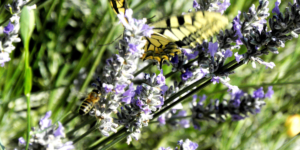
2. Compost Kitchen and Garden Waste
Composting is an excellent way to reduce household waste while enriching your garden soil with nutrients. By composting kitchen scraps and garden trimmings, you create a natural fertilizer that improves soil quality and encourages healthy plant growth.
I started composting two years ago, and I’ve found it incredibly satisfying to see kitchen scraps transform into rich, dark compost that helps my plants flourish. For tips on starting composting, see our Beginner’s Comprehensive Guide to Composting at Home.
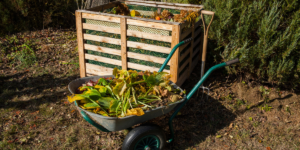
3. Collect Rainwater for Irrigation
Water conservation is key in an eco-friendly garden. Installing a rain barrel allows you to collect and store rainwater that you can use to water your garden during dry periods. Using rainwater not only reduces your water bill, but also helps conserve a precious natural resource.
I use a simple rain barrel connected to my gutter, and it’s surprising how quickly it fills after even a light rain. This water is perfect for hydrating my garden, and I feel good knowing I’m using a sustainable source.
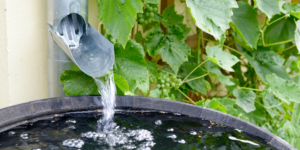
4. Avoid Chemical Pesticides
Chemical pesticides can harm beneficial insects, wildlife, and even the quality of your soil. Instead, opt for natural pest control methods such as introducing beneficial insects like ladybugs or using neem oil. Planting certain herbs, like basil or mint, can also help repel pests.
Last summer, I noticed aphids on my tomato plants. Instead of resorting to pesticides, I added ladybugs to my garden, and they did an amazing job of keeping the aphid population in check.

5. Practice Companion Planting
Companion planting is a natural way to boost your garden’s health and productivity. By planting complementary plants together, you can deter pests, attract beneficial insects, and improve soil nutrients. For example, planting marigolds near vegetables helps repel pests, while beans can add nitrogen to the soil for other plants.
I’ve also found that pairing my tomatoes with basil not only keeps pests away but also improves the flavor of my tomatoes. Companion planting makes my garden more vibrant and diverse.
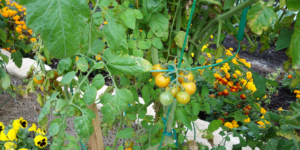
6. Use Mulch to Conserve Moisture
Mulching is an effective way to keep your garden soil healthy and retain moisture, reducing the need for frequent watering. Organic mulch, such as straw or wood chips, helps maintain soil temperature, suppress weeds, and gradually breaks down, enriching the soil.
I mulched my garden beds early in the season, and it made a huge difference in retaining moisture during the hot summer months. Plus, fewer weeds meant less time spent weeding.

7. Grow Your Own Food
Growing your own fruits, vegetables, and herbs is one of the most rewarding aspects of having an eco-friendly garden. Not only does it provide fresh, organic produce, but it also reduces the carbon footprint associated with store-bought food. Plus, you know exactly what went into growing it—no harmful chemicals or pesticides.
I started with easy crops like tomatoes, lettuce, and herbs, and the satisfaction of harvesting fresh produce from my own garden is unparalleled. For more information, see our guide on How to Create an Eco-Friendly Garden: A Step-by-Step Guide.
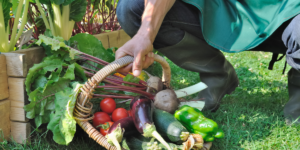
8. Provide Habitat for Wildlife
Creating a garden that’s inviting for wildlife is a fantastic way to promote biodiversity. Add features like birdhouses, bee hotels, or a small pond to attract beneficial creatures. Birds help control pests, while bees and butterflies play a crucial role in pollination.
I recently added a bee hotel to my garden, and it’s been amazing to watch solitary bees use it as a nesting site. It’s a small addition, but it makes a big difference in supporting local wildlife.

Creating an eco-friendly garden doesn’t have to be complicated. By making a few sustainable choices, you can turn your garden into a beautiful, thriving space that supports both the environment and your well-being. These 8 strategies will help you reduce waste, conserve resources, and create a habitat that encourages biodiversity.
What eco-friendly gardening practices do you use? Feel free to share your tips and experiences in the comments below, and let’s keep the conversation growing!
FAQ
Q: What are some easy native plants to grow in an eco-friendly garden? A: Some easy native plants to grow include wildflowers, coneflowers, and milkweed. These plants are low-maintenance and attract beneficial pollinators.
Q: How do I start composting if I’ve never done it before? A: Starting composting is easy! You can use a simple compost bin for kitchen scraps like fruit peels, coffee grounds, and garden trimmings. Check out our Beginner’s Comprehensive Guide to Composting at Home for more details.
Q: What is companion planting and how does it help? A: Companion planting involves growing complementary plants together to deter pests, attract beneficial insects, and improve soil nutrients. For example, planting marigolds with vegetables helps repel pests.
Q: How can I conserve water in my garden? A: Collecting rainwater with a rain barrel is a great way to conserve water. You can also use mulch to retain soil moisture and reduce the need for frequent watering.
Q: Are chemical pesticides harmful to my garden? A: Yes, chemical pesticides can harm beneficial insects, wildlife, and soil health. Instead, use natural pest control methods like neem oil or introduce beneficial insects like ladybugs.

